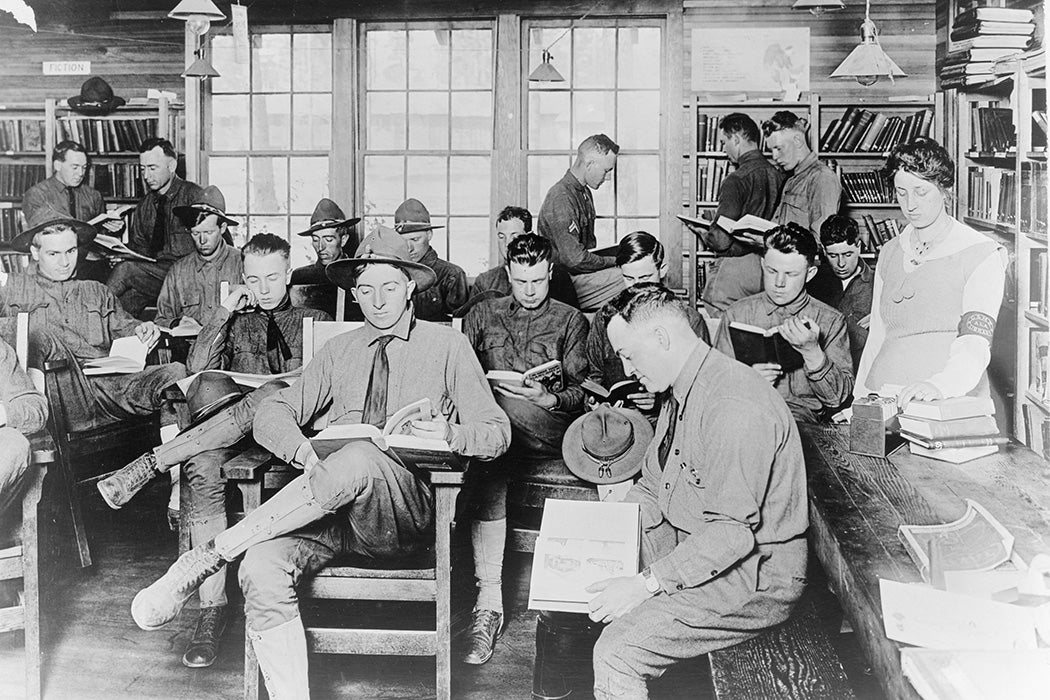Educators have been dismayed to see a significant drop in children’s reading scores since the start of the COVID-19 pandemic. In fact, literacy has been an important value in the country since its founding, but, as English language scholar Deborah Brandt writes, the rationale for its importance has shifted sharply over the years.
Brandt writes that Protestant New England settlers taught their children to read as a way to make contact with the word of God and join a community of believers. Later, in the nineteenth century, literacy became associated with values like industriousness, clean living, and obedience to authority. Teaching immigrants to read English helped integrate them into the Anglo-dominated society. Throughout this time, however, educators and political leaders viewed reading less as a practical skill than as a sign of good character and self-discipline.
“Submitting to the process of becoming literate mattered more than the actual results,” Brandt writes.
Literacy was also a reflection of social legitimacy. People who were prevented from learning to read, for reasons typically related to race and class, could be kept outside the circle of legal and social protection. Economically, though, there was limited demand for literacy, which was relevant only to a narrow range of careers. Far more people knew how to read and write than actually employed these skills on the job.
Brandt explains that World War I soldiers didn’t necessarily need to be literate, either. In fact, concern about illiteracy among recruits came not from the military brass but from civilian literacy activists. And they didn’t claim that an inability to read made men poor soldiers. Rather, they viewed it as unfair to send them off to war without the ability to write letters to their families or read the Bibles distributed to military men.
Between the first World War and the second, the nation’s literacy rate grew as people left agricultural life for the cities—but not as fast as military technology progressed. Even many rank-and-file soldiers in World War II had to read technical manuals, record data from various instruments, and stay abreast of new developments conveyed to the troops in writing.
The military attempted to screen recruits for literacy, but eventually it became clear that there weren’t enough literate young men to fill the military ranks. So it opened special military classrooms to teach them.
“The government embarked on one of the largest programs of adult basic education in human history,” Brandt writes.
Weekly Newsletter
The war marked a turning point in the nation’s attitude toward literacy. In the technology-heavy economy of the postwar period, reading and writing were necessary skills for an increasing number of jobs. And with this shift, the job of schooling changed from producing morally upstanding, obedient adults to preparing workers for the practical demands of a fast-moving industrial and commercial world.
“Literacy was irrevocably transformed from a nineteenth-century moral imperative into a twentieth-century production imperative,” Brandt concludes, “Transformed from an attribute of a ‘good’ individual into an individual ‘good.’”
Support JSTOR Daily! Join our new membership program on Patreon today.







